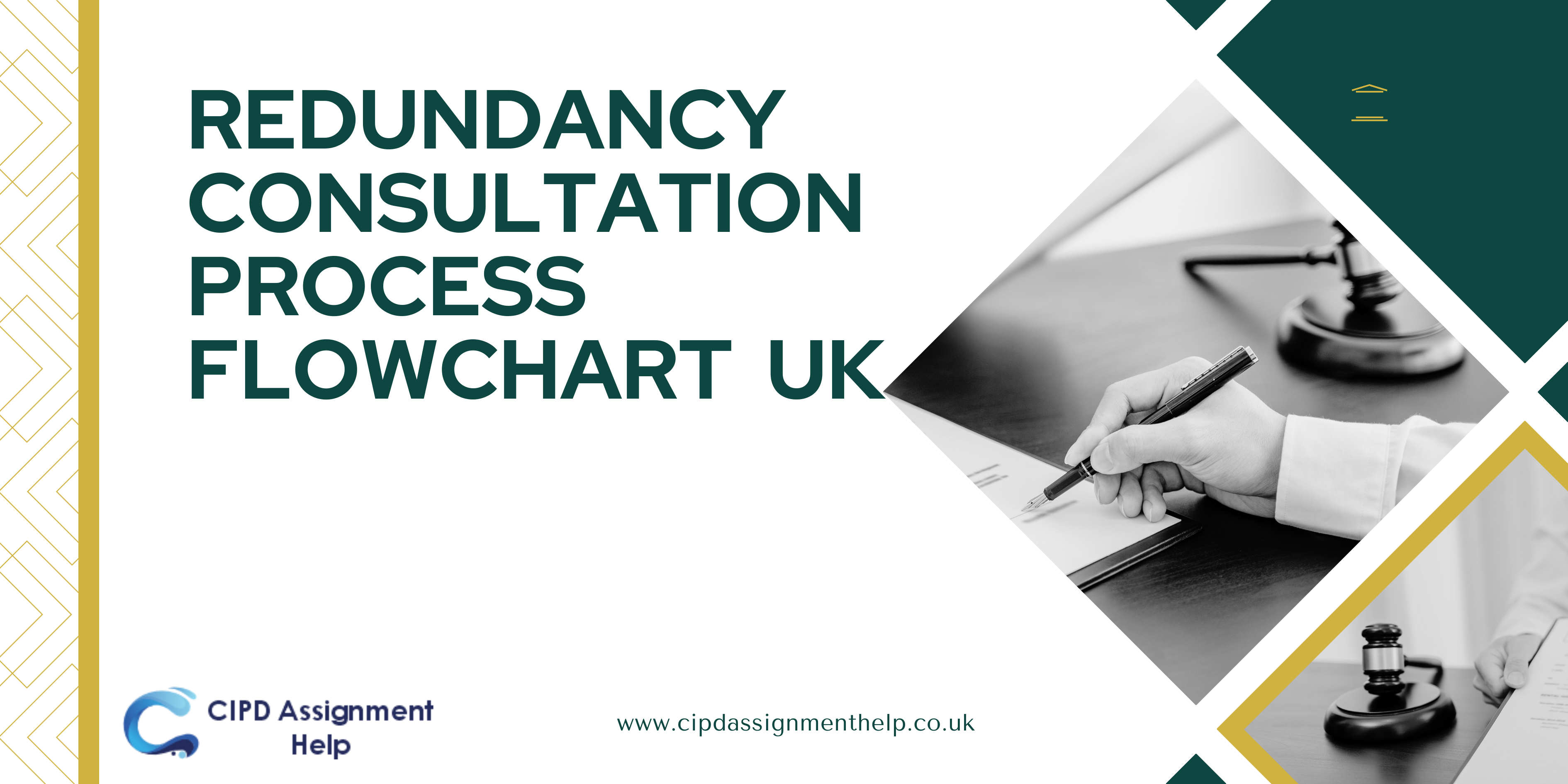

The Redundancy Consultation Process Flowchart contains all the necessary guides and instructions on what employers must do to make workers redundant in the UK. It follows all the set rights, ensuring that no one is manipulated or right denied by ensuring that the employer and the employee understand their rights and why the process took a certain way during the whole process. It is essential to follow this process for the employer as this might result in legal issues, as the employee might sue the employer for going against their rights.
The first step is to identify the need for redundancy, which happens mostly because of business reasons and to ensure that operations flow smoothly. As an employee, it is important to determine the validity or importance of the redundancies and how they are going to support the growth of the business (Johnstone, 2024, p.80). At this stage, you have to understand the number of employees to be affected and how this will also affect the business.
The process also requires determining the type of consultation needed and how effective it will be based on the number of people affected. Depending on the number involved and how it can be managed, this can involve individual or collective consultation.
The next step is to ensure that you provide all the information to the representatives or the employees, explaining the reason for the process. The process can involve providing details on numbers and categories, the reason, and also how the process will be carried out. It is also important to provide all crucial information, such as how the payment will be made, to ensure that everyone is informed before the process takes place.
The next step is to conduct consultation meetings, which are defined based on the numbers, whether collective or individual consultation. This process is very important as it helps discuss ways to reduce or avoid redundancies and other ways to gain more feedback (Johnson and Watt, 2022). It can involve private meetings, especially for individual consultation while ensuring the process does not take many days.
After this, the decision is made based on the consultations, and the names of the affected employees come up. Other activities then follow, ensuring those affected are protected and provided with the necessary support to move to other jobs. The organization can provide training or any other support to ensure that these people access new opportunities and are less affected by the decisions made.
Finally, the redundancies implementation takes place, which follows all the legal requirements and everyone involved, ensuring that legal obligations are met. Communication at this stage is also essential, ensuring you can communicate with everyone affected. Support services also play a massive role in ensuring everyone feels protected and supported during the transition. The employees are also educated and informed about their rights, and they can appeal for proper information on how to do it to inform them of their rights.



